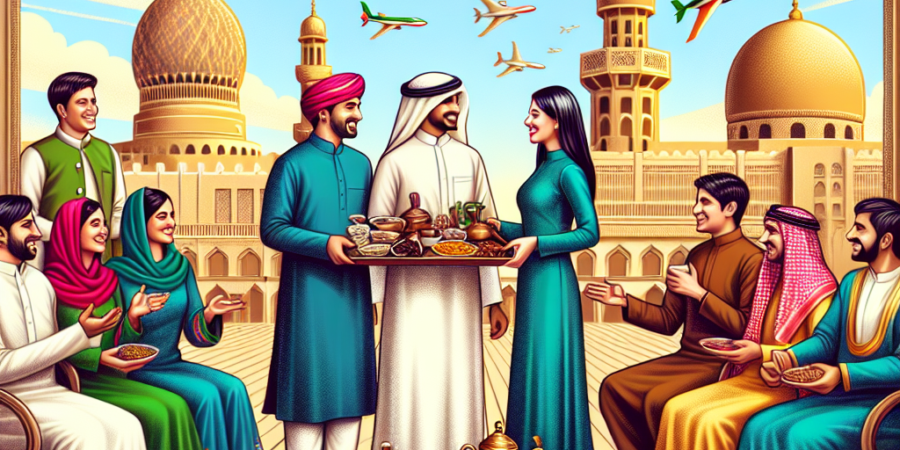Are you curious about the unique cultural exchange between Indians and Kuwaitis? Read on to discover the fascinating dynamics of this relationship and how it has shaped the cultural landscape of Kuwait.
History of Indian Migration to Kuwait
The presence of Indians in Kuwait dates back to the early 20th century when they arrived as traders and merchants. However, it was in the 1950s that a significant wave of Indian migration to Kuwait took place, mainly driven by the demand for skilled labor in various industries.
Importance of Cultural Integration
As the Indian community in Kuwait grew, so did the need for cultural integration. This process has been facilitated by the presence of Indian schools, cultural organizations, and religious institutions in Kuwait, which have helped maintain a strong connection to Indian traditions and values.
Challenges and Opportunities
While the cultural exchange between Indians and Kuwaitis has brought about a rich tapestry of traditions and practices, it has also presented its set of challenges. From language barriers to adapting to new social norms, the Indian community in Kuwait has had to navigate through various obstacles.
FAQs
What are some common cultural customs in Kuwait?
Common cultural customs in Kuwait include greeting with respect, dressing modestly, and respecting the Islamic religion and its practices.
How can Indians integrate into Kuwaiti society?
Indians can integrate into Kuwaiti society by learning the Arabic language, understanding local customs, and participating in community events and activities.
LSI Keywords: Indians in Kuwait
As we delve into the topic of Indians in Kuwait, it’s important to consider the various LSI (Latent Semantic Indexing) keywords that are relevant to this discussion. These may include terms such as “Indian expatriates in Kuwait,” “cultural exchange in Kuwait,” “Indian community in Kuwait,” and “Kuwaiti-Indian relations.”
Engaging in Cultural Exchange
One of the best ways to fully immerse oneself in a new culture is by engaging in meaningful cultural exchange activities. Whether it’s participating in traditional Kuwaiti festivals, learning Arabic calligraphy, or simply interacting with local Kuwaitis, there are countless opportunities to embrace and learn from the rich cultural heritage of Kuwait.
Conclusion
As we wrap up our exploration of the cultural exchange between Indians and Kuwaitis, it’s clear that this relationship has contributed significantly to the diversity and vibrancy of Kuwaiti society. By embracing the values of mutual respect, understanding, and open-mindedness, both communities can continue to foster a strong and enduring cultural exchange.


Leave a Reply